The lighthouse of Cape Agios Ioannis or Aforesmenos is located 27km north of Agios Nikolaos, next to the village Vrouchas and the wind farm of Baboura. The lighthouse can be accessed via a passable dirt track that starts from the wind farm and, then, a short trail that runs along the coast (some years ago there was only a trail). The rugged landscape is typical of Crete with bare mountains, rugged coastlines, and too much wind!
At Cape Aforesmenos furious winds blow most of the time and its strange name (meaning expelled from Church) comes from a relevant reason. According to the legend, after Caiaphas crucified Jesus he started his journey to Rome in order to meet with Caesar. However, during the journey, he died of a disease. Because he was a ruler, he should be buried properly. When his sailors approached Crete they tried to reach the little bay of Chomatistra, but the flat sea surface turned to huge waves. Nevertheless, the sailors managed to get out to the coast and buried Caiaphas. Thus, Cape Aforesmenos was named like this denoting that the crucifier of Christ was buried there and the sea did not calm down by then.
The lighthouse of Agios Ioannis Cape was built in 1864 by the French Company of Lighthouses at the site of a pre-existing tower. It joined the Greek lighthouse network in 1912. A large part of it has collapsed, while the rest of the building is about to collapse if the state does not take action immediately. Next to the lighthouse, there is a carved cave which was used by the Germans as a viewpoint. At the top of the hill, where the lighthouse is built, you will see the ruins of a viewpoint drawing in Venetian maps of 1590, which was integrated into the network of Cretan viewpoints.
At the wind farm, you will see the small whitewashed church of St John (Agios Ioannis) and the remains of the German observatories and the German galleries. In Vrouchas you should visit the old stone windmills, next to the village, and the huge cisterns-well for collecting rainwater.










 Aforesmenos Lighthouse
Aforesmenos Lighthouse 













































































